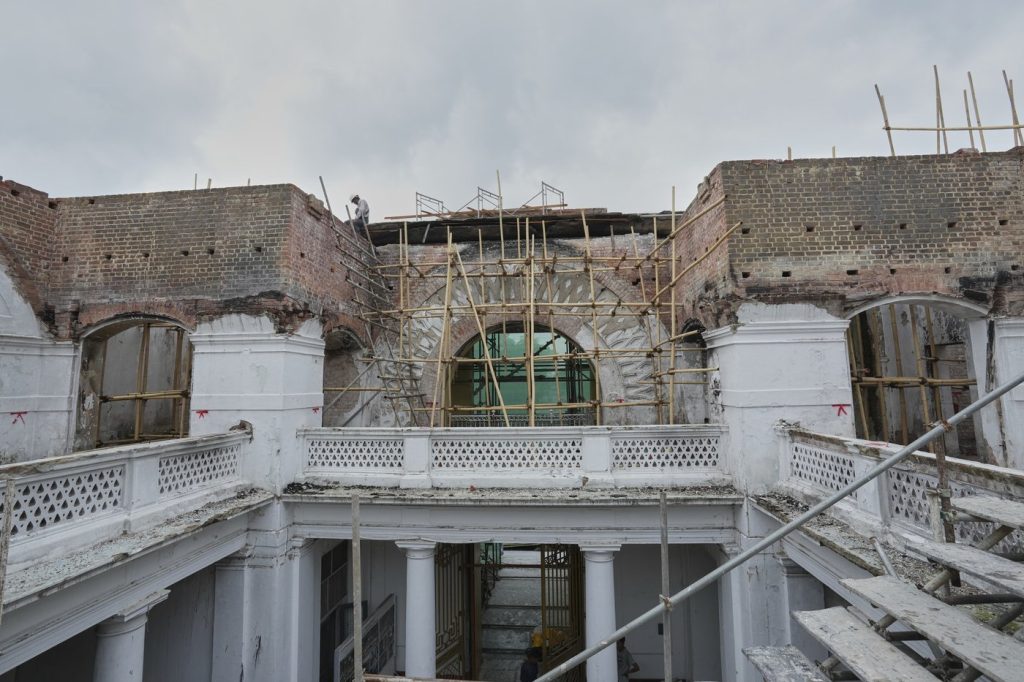MANDALAY, Myanmar (AP) — Five months after a devastating 7.7 magnitude earthquake struck Myanmar on March 28, the nation continues to unearth bodies from the rubble, highlighting the extensive toll of this disaster. The earthquake has claimed the lives of over 3,800 individuals and caused significant damage across the country.
At the time of the earthquake, Myanmar was already embroiled in a civil conflict, with armed militias and pro-democracy groups combating the military-led government that had taken control from the democratically elected regime of Aung San Suu Kyi in 2021. This pre-existing turmoil complicates recovery efforts, as the nation struggles to rebuild while facing deep societal divisions.
During a rare visit to the disaster zone, representatives from The Associated Press observed ongoing efforts to reconstruct crucial infrastructure including roads, temples, hospitals, schools, and government buildings necessary for the country’s functioning. The military granted access to the team to report on the damage in key areas such as the capital Naypyitaw and Mandalay, Myanmar's second-largest city and the epicenter of the earthquake. All visits were accompanied by official representatives, underscoring the military's tight control over the situation.
Among the sites visited were the Mandalay University and a condominium complex that collapsed, resulting in the discovery of nearly 200 bodies, including seven found in the past week alone. In Naypyitaw, up to 500 workers are laboring around the clock to repair five key buildings damaged in the quake, aiming to ensure they are operational before the elections slated for the end of December. However, critics of the military administration argue that these elections are merely a façade intended to legitimize the military's takeover of the government.
The devastating impact of the earthquake is apparent in the rubble-strewn landscapes of the affected areas, where the challenges of recovery are palpable. Efforts to restore infrastructure are critical, not only for the immediate relief of distressed communities but also for the long-term stability of a country that has been significantly weakened by natural disaster and ongoing political conflict.
In summary, the earthquake has exacerbated Myanmar's crises, laying bare the urgent need for rebuilding and healing in a nation fragmented by both disaster and discord. As recovery operations continue, the resilience of the Myanmar people faces a formidable test in the wake of this tragedy.










